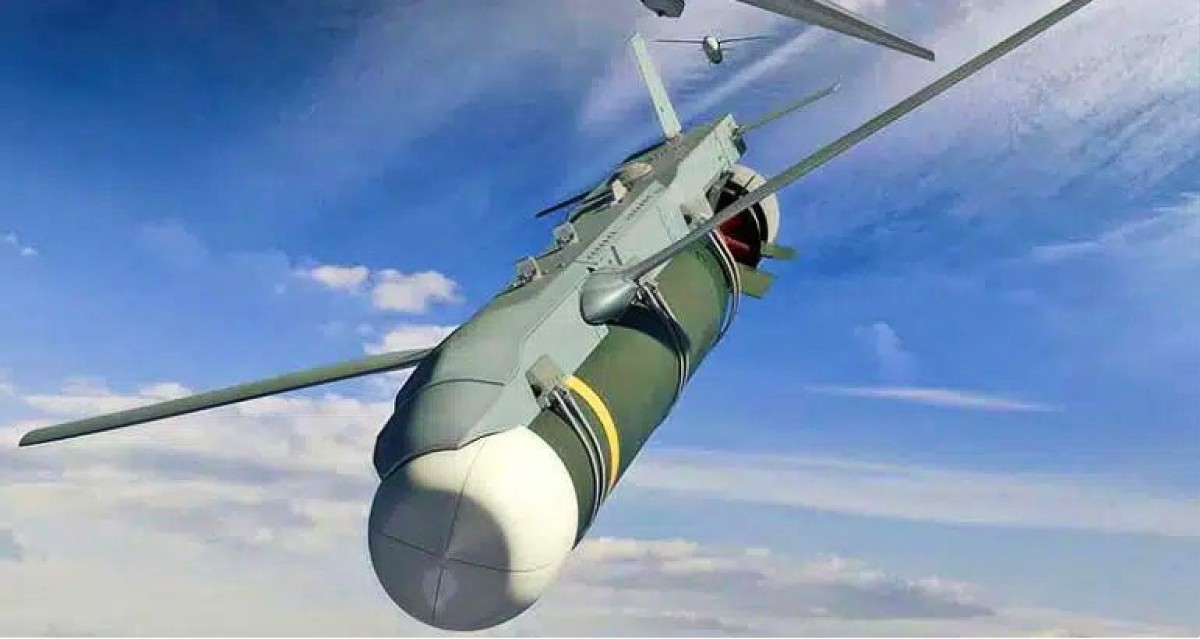Boeing, an American Defense firm, has been awarded a contract by the US Navy for the full-rate production of the High Altitude Anti-Submarine Warfare Weapon Capability, or HAAWC, with work set to start in the coming month.
The cutting-edge weapon system, carried by the P-8A multi-mission maritime patrol plane, will enable the Navy to undertake anti-submarine warfare at greater heights and ranges.
HAAWC, an all-weather add-on kit, allows the MK 54 torpedo to be discharged close to or below the cruising altitude of P-8A Poseidon.
According to the Naval News, the program manager, Dewayne Donley, referred to this step as a crucial turning point since it moves HAAWC one step closer to becoming fully operational and being used by the Navy.
The contract calls for producing HAAWC Air Launched Accessory, or ALA, kits and containers for the Navy and other customers. Additionally, Boeing will further offer engineering services such as design studies, testing, prototyping, and assessment of production-related problems.

Repair service provisions comprise hardware repair and maintenance services for government-owned HAAWC ALAs and related equipment and hardware. A provision item order option also enables the Navy to obtain spare hardware for the program.
“Our solution transforms the MK 54 into a precision glide weapon in GPS-aided and GPS-denied environments,” Donley said. “The HAAWC system provides flexibility by allowing the Navy to carry out anti-submarine operations throughout the full flight envelope of the P-8A.”
The Boeing HAAWC is a modular Air Launch Accessory, or ALA, kit that can be attached to a Mark 54 torpedo to convert it into a precision-guided glide weapon. The ALA deploys a stabilizer to make its targeted entry into the water at the ALA separation point.
So far, the global operating P-8 fleet has flown more than 450,000 hours without an accident. The long-range anti-submarine warfare, anti-surface warfare, intelligence, surveillance, and reconnaissance aircraft can conduct broad, maritime, and littoral operations, as well as humanitarian and search and rescue missions worldwide.
HAAWC Concept
The HAAWC principle is simple. The folding-wing kit includes a flight control computer and GPS, and it connects to a Mark 54 torpedo via collars. After being launched, HAAWC spreads its wings and moves toward its distant objective.
When it reaches the designated target area, the wing kit unleashes the torpedo, lowering it into the sea with a parachute. The Mark 54 torpedo activates once submerged in the sea to hunt down submarines autonomously, precisely as it would if it were launched from an aircraft or ship and delivered directly to the target.
Without the HAAWC kit, a Mark 54 Torpedo must be dropped from an aircraft at a low altitude. As a result, the HAAWC concept represents a vastly increased degree of flexibility in engagement tactics and capabilities for aerial anti-submarine warfare platforms, particularly for the P-8 Poseidon.
HAAWC also enables the P-8 and other ASW aircraft to pursue subsurface targets without risking coming into contact with any anti-air defenses that might be deployed in the vicinity of the submarine or submarine operational area.
A P-8 can launch an assault in a position as high as 30,000 feet without spending time descending low over the ocean due to this kit. The addition of the new kit implies that the P-8 will no longer have to expose itself low and slow, a dangerous position for any combat aircraft.
With the help of this HAAWC kit, the P-8 will also be able to act as a sort of arsenal ship for other anti-submarine assets, including ships, helicopters, and even friendly submarines, by launching torpedoes at great distances whenever necessary without even tracking the enemy submarine itself.
Instead, the P-8 may guide the winged torpedoes using “third-party” targeting data from various sources.
Given that America’s potential adversaries are progressively implementing anti-access/area-denial measures, this capability becomes more crucial than ever.
Experts believe the HAAWC system might be modified for use by shore-based launchers, offering a versatile and relatively inexpensive coastal defense against sneaking submarines.
In that way, countries could put enemy submarines at risk throughout their coastline by adopting HAAWC without having to field swarms of aircraft or patrol ships equipped with torpedoes.
- Contact the author at ashishmichel@gmail.com
- Follow EurAsian Times on Google News